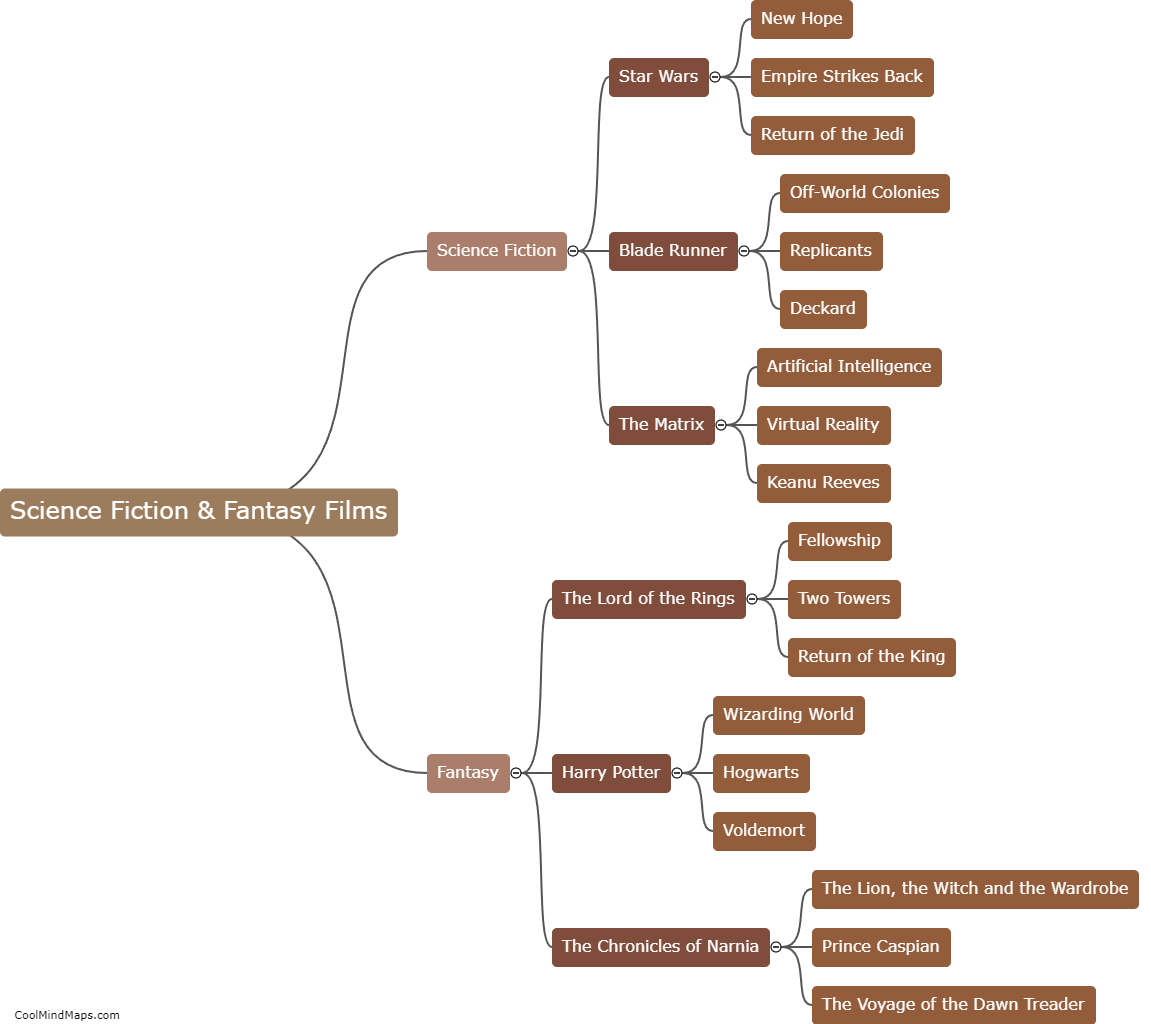What is price elasticity?
Price elasticity refers to the measure of responsiveness in quantity demanded or supplied when there is a change in the price of a product or service. It is a vital concept in economics as it helps determine the sensitivity of buyers or sellers to price fluctuations. The degree of elasticity depends on the availability of substitutes, the necessity of the product, and the proportion of the consumer's income that the product represents. A higher elasticity implies that a small change in price leads to a significant change in demand or supply, indicating a more responsive market. Conversely, lower elasticity suggests a less responsive market. Price elasticity is commonly used by businesses to determine pricing strategies, forecast demand patterns, and assess market competitiveness.

This mind map was published on 22 September 2023 and has been viewed 99 times.











